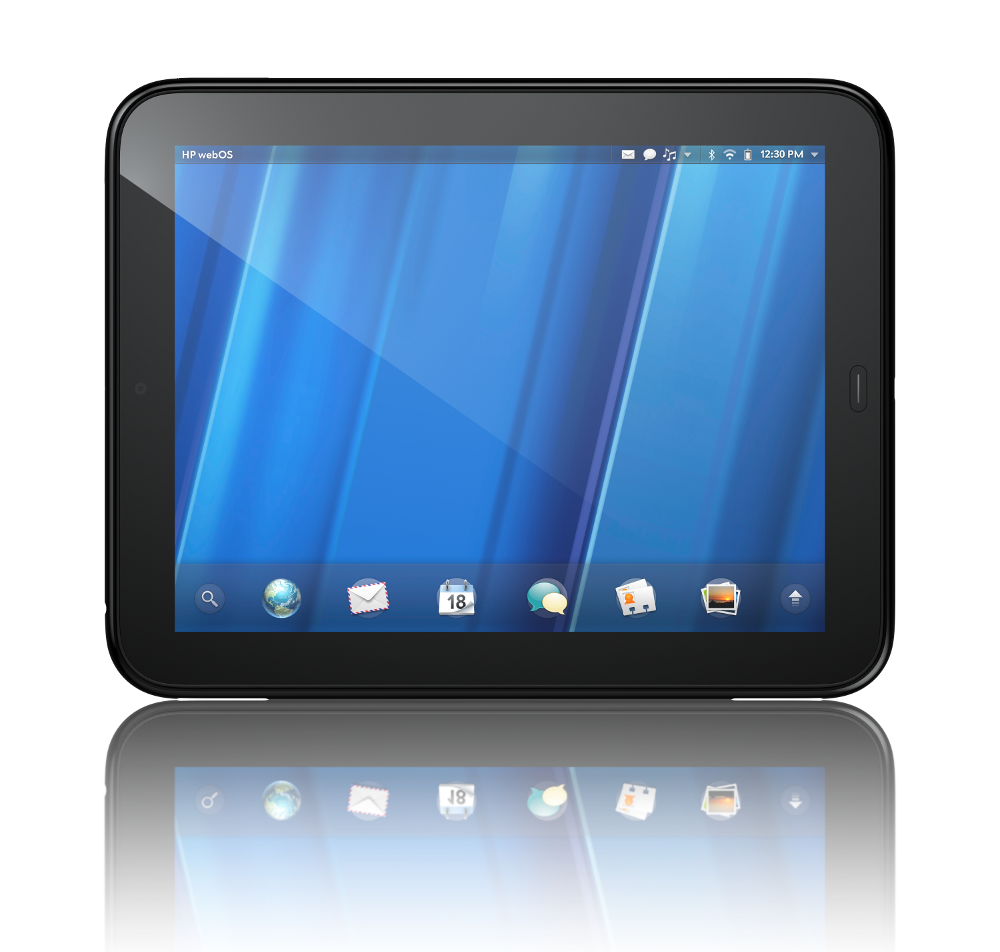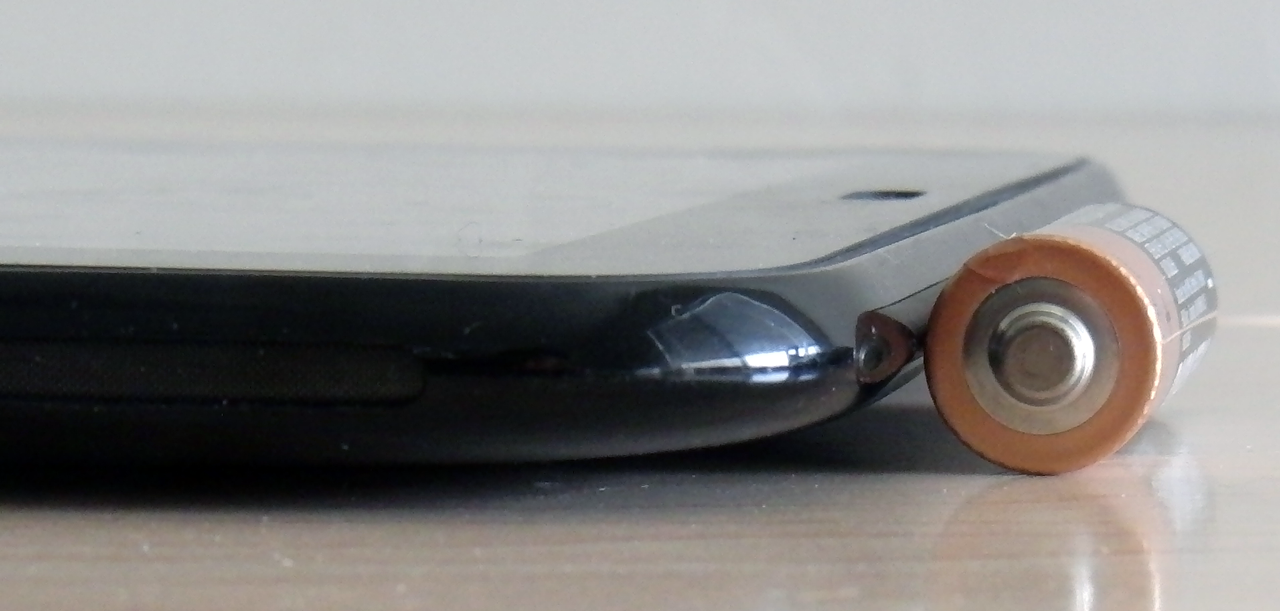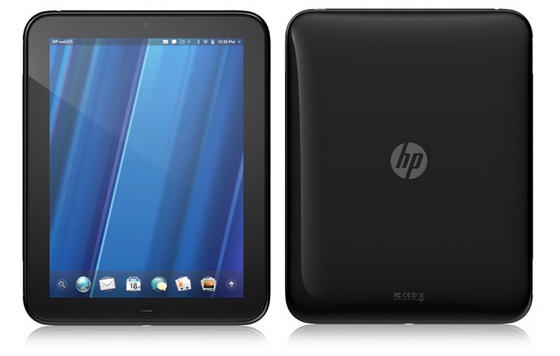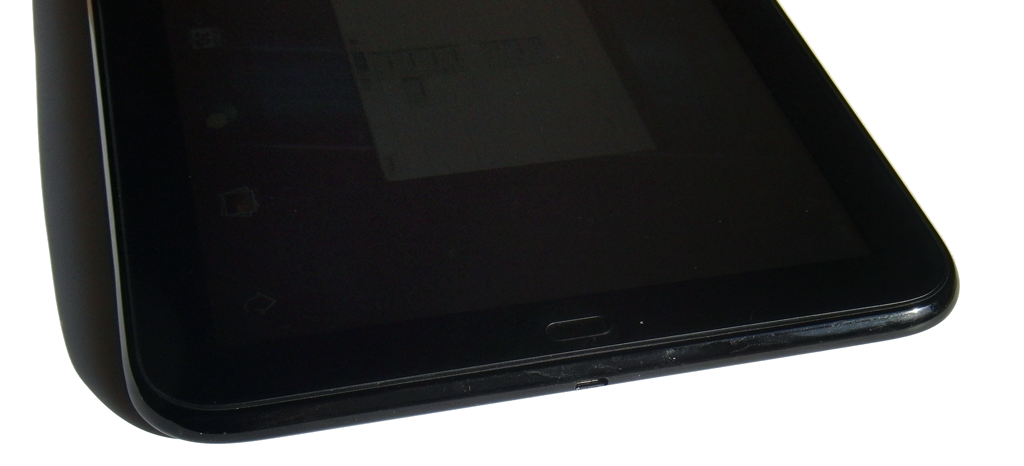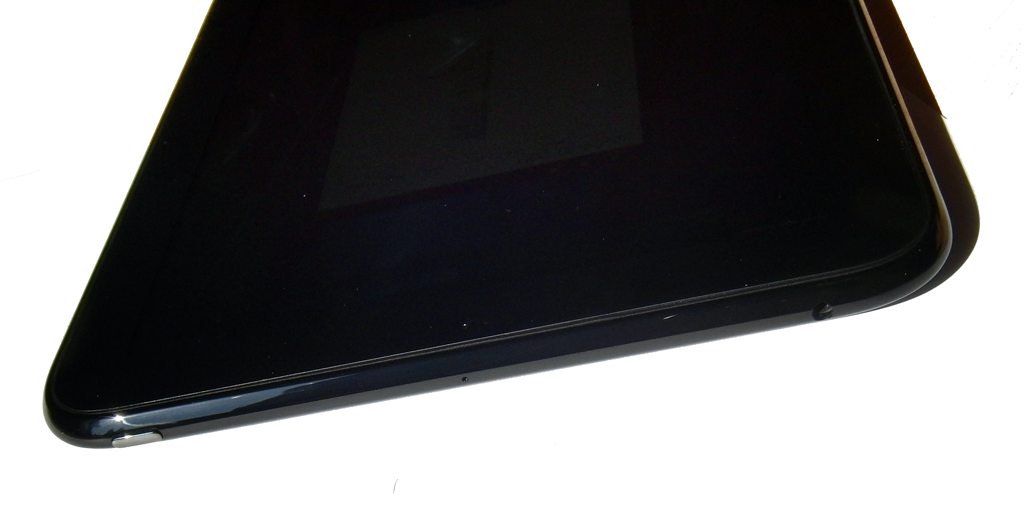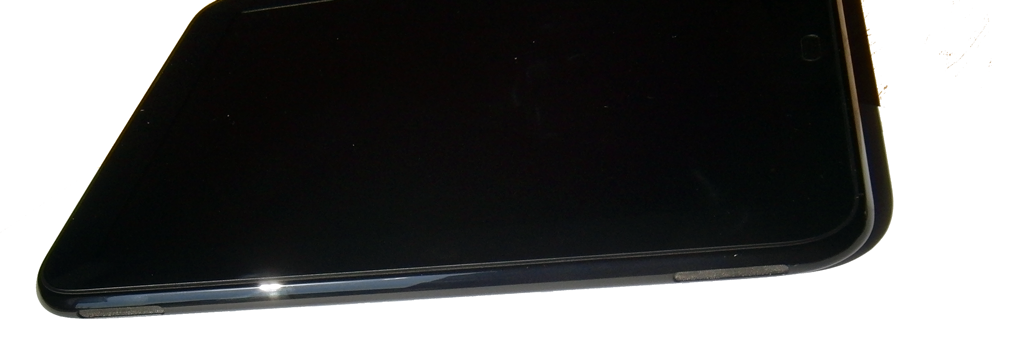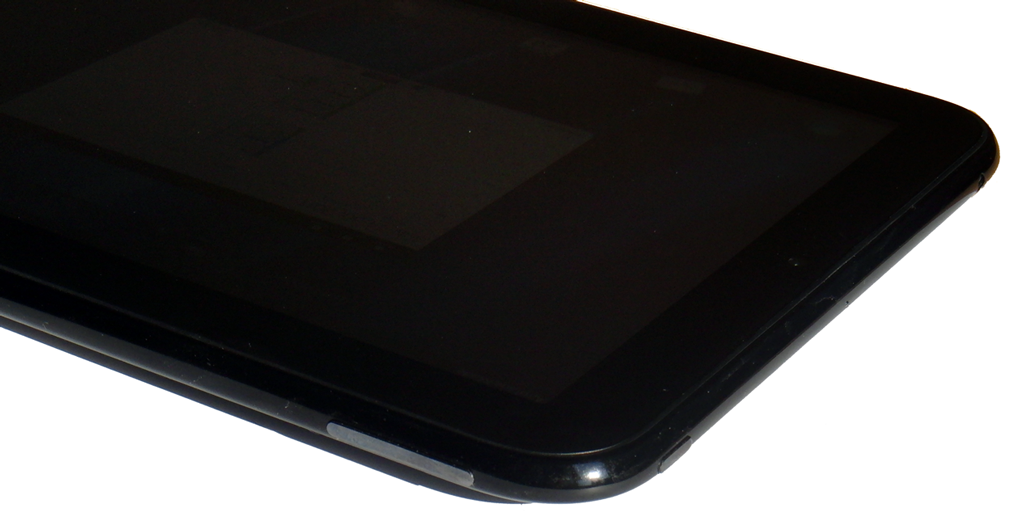HP TouchPad Review: A Tablet For Productivity?
Meet HP's TouchPad
So far, first-generation tablets have tended to be both heavier and chunkier than their successors. The iPad 2 and Galaxy Tab 10.1 are great examples of refined aesthetics only after a vendor nailed down core functionality. HP seems to suffer those same first-gen woes, though. At 1.6 pounds, the TouchPad is one of the heaviest tablets available. But this represents HP's first effort in the tablet market, and we're willing to overlook its heft.
| Header Cell - Column 0 | iPad 2 (3G) | Xoom | Iconia A500 | TouchPad |
|---|---|---|---|---|
| Length | 9.5" | 9.8" | 10.2" | 10" |
| Width | 7.31" | 6.6" | 7" | 7.5" |
| Height | .34" | 0.5" | 0.5" | 0.5" |
| Screen Size | 9.7" | 10.1" | 10.1" | 9.7" |
| Aspect Ratio | 4:3 | 16:10 | 16:10 | 4:3 |
| Weight | 1.33 lbs. | 1.5 lbs. | 1.65 lbs. | 1.6 lbs. |
All of the Android tablets that we've seen thus far employ a wide-aspect (16:10) display, whereas the iPad uses a 4:3 ratio. As its product name suggests, Apple's solution is most often used like a pad of paper. Reading a Web site in portrait mode on an iPad feels as natural as reading off of a clipboard.
It's also possible to use wide-aspect tablets in portrait mode. However, you get less horizontal space to work in, making the experience a little awkward. Conversely, 16:10 works well for viewing videos, and that's where Motorola's Xoom and Acer's Iconia Tab A500 really shine.
In contrast, HP specifically markets the TouchPad as a more productivity-oriented tablet, which is why it follows in Apple's footsteps with a 4:3 screen.
While the TouchPad is supposed to be more enterprise-flavored, the external design is a professional's worst nightmare. Encased in glossy piano-black ABS plastic, the TouchPad's surface has a propensity to attract fingerprints. This makes it easy for a thin layer of oil to build up, which is a minor annoyance. But business devices really should adopt a cleaner matte finish, similar to Lenovo's ThinkPad line.
Compared to the competition, HP's first-generation tablet shows up to this fight a little under-equipped. There is no rear-facing camera. You only get a modest 1.3 MP front-facing camera for video conferencing (via Skype, for example). And while, again, this tablet is geared toward professionals, there's no way to output video, which is a deficiency if you want to give presentations through the device.
The no-frills design has some drawbacks. For example, the volume rocker always behaves in the same way, no matter how you're holding the tablet. In order to increase volume, you always press away from the home button. However, with other tablets, increasing volume is always to the right or away from you. That helps make screen orientation more intuitive.
Get Tom's Hardware's best news and in-depth reviews, straight to your inbox.
Current page: Meet HP's TouchPad
Prev Page HP's TouchPad Battles It Out With WebOS Next Page webOS 3.0: Navigation And Notifications-
obarthelemy I have faith in the QuickOffice port coming through: datawiz have been woking in the mobile space since Palm days (actually, they started on Palm I think, so they know their stuff, and the platform. It works well on Android.Reply -
obarthelemy I don't understand why you use the Xoom as the Android yardstick though, it's been upstaged long ago, by the Asus and Samsung tablets at leastReply -
compton I'm certainly glad the TouchPad has a decent display -- a good trend to say the least. Apple deserves much of the credit for setting the quality bar in consumer devices like the iPhone/iPad. Happily, if you are looking around for a new phone or tablet, good displays are easy to find. If consumers as a whole get used to using good screens in tablets/phones, why don't more laptop manufacturers capitalize by upping their game? HP may have realized that the TouchPad needs a good display, but most laptop (theirs, Dell's, Asus, ect.) displays are shamefully terrible. Perhaps the laptop as we know it needs an injection of what makes modern tablets so appealing -- and at (or around) the top of that list is a bitchin' screen.Reply -
I've probably read at least 20 reviews of the touchpad. This is the only one I would actually call a review. This was balanced and in-depth. Thank you for your efforts.Reply
The one thing lacking in this review, which is also lacking in everything being written about webos, is the mention of what I consider one of the standout features of webos: The openness of the platform. With preware installed (free), you have access to thousands of patches and homebrewed apps as well as linux applications. It is possible, for example, to run a full Debian Linux in a chrooted environment (without any cracking or jailbreaking), giving access to OpenOffice, and all other x-server Linux software out there. HP/Palm is the only tablet OS developer that actively encourages the homebrew/open source community in its efforts. As a developer, it is not only the ease of development that is compelling but the huge amount of expressive and creative freedom you get. With the Apple appstore, the walled garden may protect consumers well, but also creates a completely controlled and often repressive and capricious environment for a developer. This openness is the secret sauce behind much of the loyalty of webos users. The os is a joy to use, a joy to explore, and a joy to create new code in. And unfortunately, most reviewers can't or won't take the time to understand this extremely compelling aspect of the OS.
Thank you again for the best review of the touchpad I've seen yet. -
Well done review!...most thorough and in-depth of any I've seen thus far. As a user of about 3 weeks, I learned several new things I'd not discovered before. I second klktrk's comment about the homebrew community at PreCentral. I've taken advantage of several patches to customize my TouchPad (overclocking to 1.5 GHz, increased volume setting, etc)Reply
-
HP really invested a lot of time and effort going into this tablet, and it is most definitely going to be an Apple killer and an Android killer one day. The potential it has is remarkable. Maybe not in this model, but in the next. As for right now, the card system in ingenious, the notification system is perfect, wireless charging is perfect, tap to share is perfect, and many many other things, including it's up to par with Apples A5 processor chip and Android Nvidia Tegra 2 Duo Core processor that evens out the fact that all these tablets are roughly the same speed, except for Apple, who lacks flash content support browser-wise. HP really leveled the playing field on this one, especially with the HD screen, and the Beats Audio, And also with their immense advertising. I don't know about you guys but I see the TouchPad on a lot of commercials and on ads everywhere! I'm thinking about buying one for school instead of the regular laptop.Reply
-
absoluthunter LED Pixels? Pretty sure this is an S-IPS LCD screen with LED back light. Sure wish people would understand the difference, specially when reviewing in technical forums.Reply -
BlueFireAngel Thanks for a solid review! I'm not a Palm/HP owner yet but I hope to be someday soon. I've been impressed with Palm since I got a PDA 10 years ago. And since I've seen the Palm Pre I've been excited about the potential of webOS. I hope it catches on and that people begin to realize how powerful a tool webOS can become.Reply
Thanks again, Andrew! -
Honis Very nice review.Reply
HP just announced the $100 off sale from this last weekend is now permanent.
"Effective immediately, the HP TouchPad 16GB Wi-Fi will now be available for $399.99 and the HP TouchPad 32GB Wi-Fi will now be available for $499.99"
http://vdccnz2prof.houston.hp.com/view_email.asp?eid=10048010&mid=055f0aa5-75fa-414f-9913-9aa980bb0ef7
